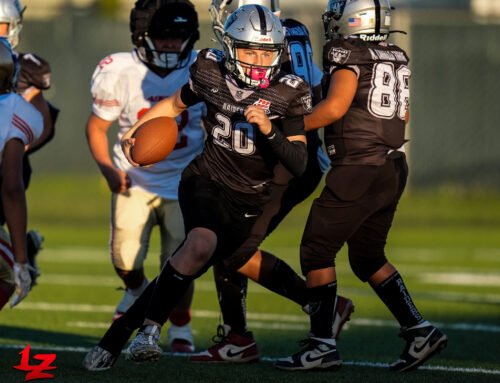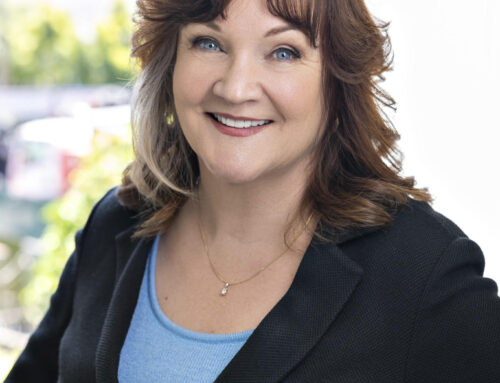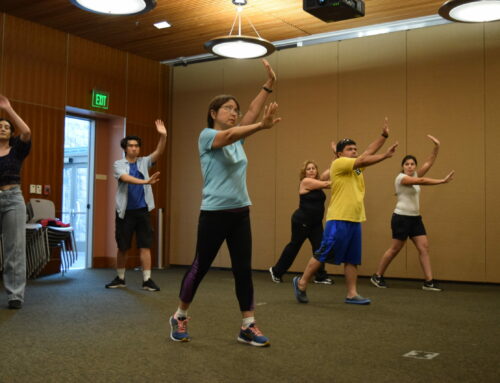Published in the Sept. 2-15, 2015 issue of Morgan Hill Life
By Dorene O’Malley

Morgan Hill Life file photo
Leah De Lane, left, and Jan Conrey work with Pilates instructor Dorene O’Malley in her CoreHealth Method studio.
In this country, one in two women and one in four men older than 50 have low bone mineral density (BMD) which increases their risk for a bone fracture. To put that in perspective, when you are at the Friday Night Music Series, look at your peer group and out of five couples, five of the women and two of the men will have either osteopenia or osteoporosis. That’s quite a lot. How did we get here and what can we do to help ourselves?
Let’s start with explaining BMD, osteopenia and osteoporosis. BMD refers to the amount of minerals contained within a certain amount of bone.
When we start to lose density, the bones are becoming more porous and this is why they become more at risk for fracture. The density of our bones is developed in childhood, one reason why an abundance of physical activity and proper nutrition are so important in our formative years. It reaches its peak in our late 20s and early 30s, after which we start to lose about 5 percent BMD per year if no steps are taken to prevent the loss such as proper exercise, daily habits and good nutrition.
Osteopenia indicates there is already a loss of 10 to 20 percent of BMD and precautionary measures should be taken to stop more loss, such as being mindful of nutrition, how you move, understanding what exercises are and are not recommended, reducing stress and looking at other risks like smoking.
Osteoporosis was officially classified as a disease in 1994 by the World Health Organization.
It is “a skeletal disorder characterized by compromised bone strength, predisposing one to an increased risk of fracture.”
In America there are more than 1.5 million fractures a year.
The most common test used to determine our BMD is a dual-energy X-ray absorptiometry scan and that tells us our T-score which indicates the amount of bone loss by quantifying the difference between our BMD at our current age and the peak bone mass of “young normals” (or a healthy 30-year-old person).
If osteoporosis is already present, our main concern will be preventing any further loss of BMD and reducing the risk of fractures in the affected areas.
The common fracture areas are the mid-back vertebral bodies, the hip, the wrist and the ribs. You can work on strengthening in any or all of these areas by understanding the following:
1) Learn optimal spine posture. This is for all activities in your daily life — from brushing your teeth to picking up the newspaper. (You can get a copy of the American Bone Health Fracture Prevention Brochure at www.americanbonehealth.org/component/content/article/17-uncategorised/410-fracture-brochure-html-version
2) Learn to hip hinge. Move at the hip instead of bending at the waist.
3) Avoid spinal flexion, deep rotation and side-bending exercises, instead add more extension exercises.
4) Learn to rib breathe. Move the rib cage 360 degrees during breathing.
5) Improve balance and practice single leg stance.
6) Improve your postural muscles.
7) Use your wrists in a hands and knees position, or modified version of it, to strengthen them.
8) Walk with proper posture for hip health. Take advantage of Morgan Hill’s parks and open spaces, and add hills to help stimulate bone strength.
9) Visit the farmers’ market to increase fruit and vegetable intake. Current studies show that Western countries take in too much calcium from dairy, one reason why we have the highest rate of fractures worldwide.
Dorene O’Malley is the owner and a certified instructor at CoreHealth Method — Pilates & Corrective Movement in. She wrote this for Morgan Hill Life.






